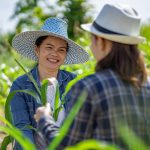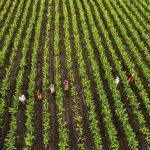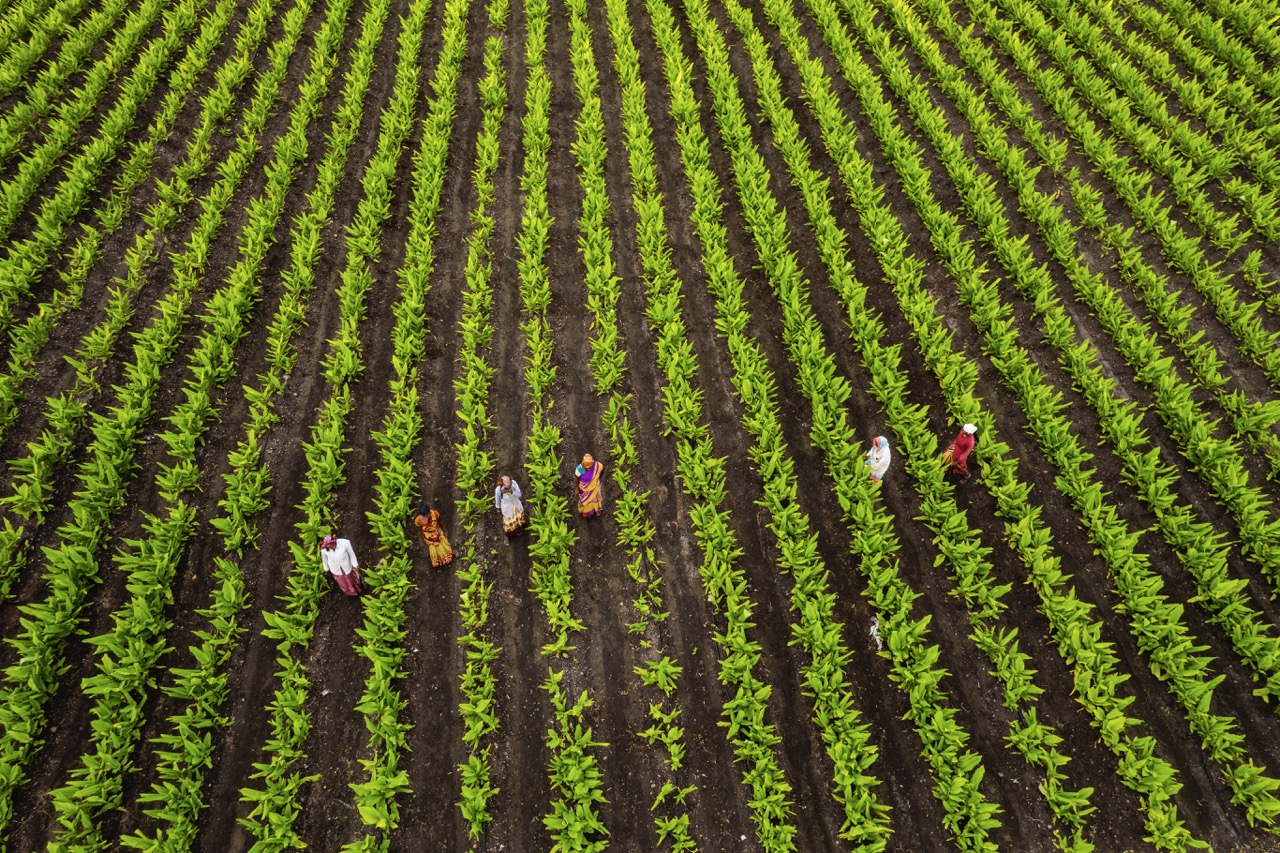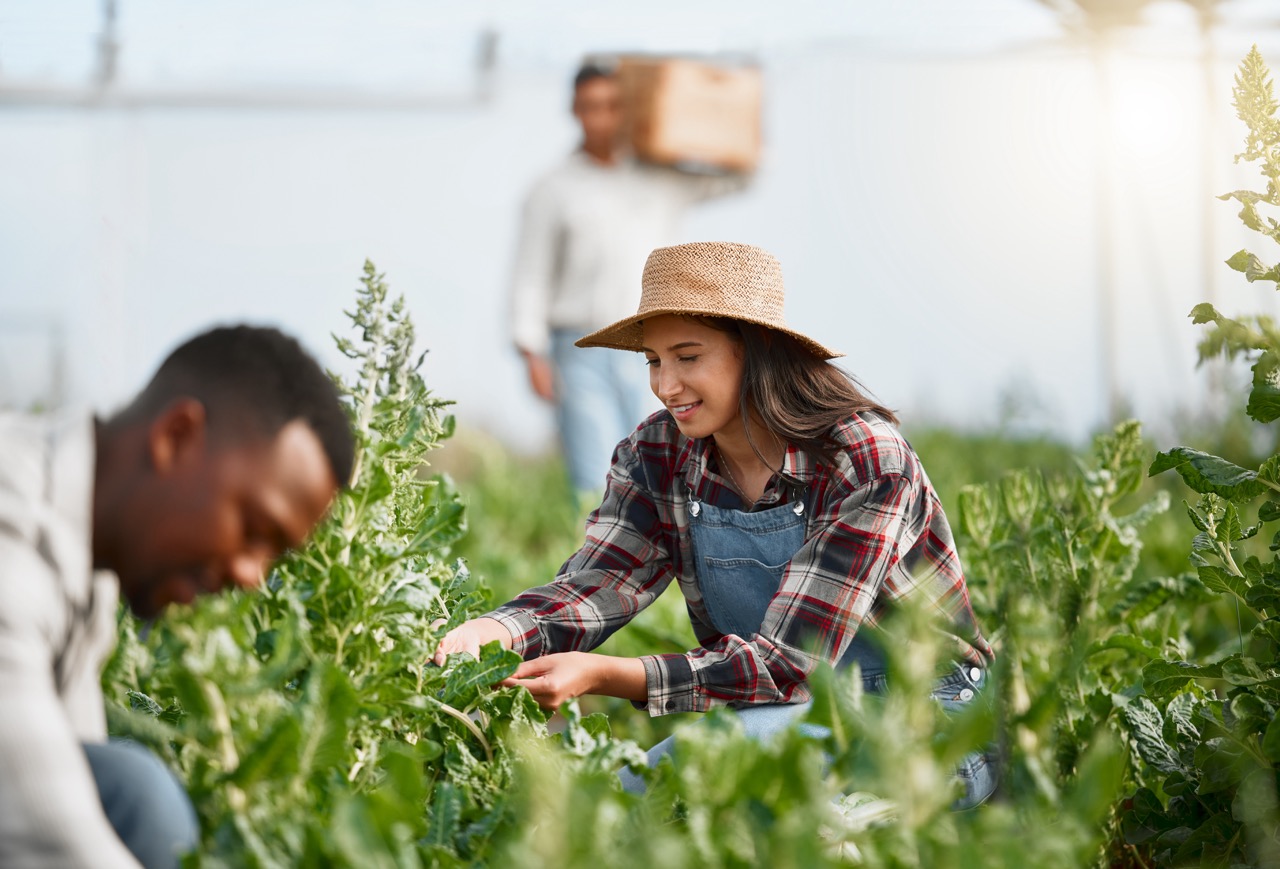Farming has long been a cornerstone of human civilization, evolving through various methods and practices to adapt to changing societal needs and economic landscapes. Among these approaches, crop sharing and traditional farming are two prevalent methods that represent distinct philosophies and operational frameworks. Understanding the nuanced differences between these approaches can help farmers, landowners, and policymakers make informed decisions that could shape the agricultural industry’s future. This article will delve into the specifics of crop sharing and traditional farming, highlighting their unique characteristics, advantages, and drawbacks.
Understanding Crop Sharing: A Partnership Approach to Farming
Crop sharing, often referred to as sharecropping, is a farming system in which landowners and tenants collaborate to cultivate crops. In this arrangement, the tenant typically works the land and is compensated with a portion of the harvest, while the landowner provides the land, equipment, and sometimes even seeds or other necessities. This model fosters a partnership dynamic, wherein both parties invest their respective resources—land and labor—into the farming venture. In many instances, crop sharing is seen as a way to empower individuals who may lack the financial means to buy land but possess the skills and labor necessary for farming.
This partnership model is particularly prevalent in regions with a history of agrarian economies, where smallholder farmers may rely on sharecropping to sustain their livelihoods. Sharecropping can also be a way to maintain agricultural production in areas where land ownership is concentrated among a few individuals or families. By creating a mutually beneficial relationship, crop sharing has the potential to increase agricultural output while supporting community cohesion and economic resilience.
However, crop sharing arrangements can also be complex and fraught with challenges. Factors such as fluctuating market prices, crop failures, and imbalanced power dynamics between landowners and tenants can lead to disputes. The success of this model often hinges on clear contracts, open communication, and a shared commitment to the farming enterprise, making it essential for both parties to establish trust and transparency from the outset.
Traditional Farming: The Conventional Model Explained
Traditional farming is characterized by a more conventional approach in which landowners operate their farms independently or employ wage laborers to cultivate crops. This model typically involves a clear delineation of roles: the landowner maintains ownership of the land and decides on the crops to be planted, while laborers are compensated based on hourly or piecework rates. This method offers a straightforward structure that is familiar to many in the agricultural sector, often reflecting established practices passed down through generations.
The traditional farming model can be seen in various forms, from small family-run farms to large corporate agribusiness operations. In its essence, the focus often lies on cultivating crops for profit, with landowners investing in equipment, technology, and resources to maximize yields and efficiency. This approach can lead to economies of scale, as larger operations might benefit from advanced machinery and more extensive market access, potentially resulting in lower production costs per unit.
Despite its advantages, traditional farming also faces criticisms related to environmental sustainability and social equity. The emphasis on maximizing production can lead to over-reliance on chemical fertilizers and monocultures, which can degrade soil health and biodiversity. Additionally, wage laborers may not always receive fair compensation or working conditions, raising ethical concerns about labor practices within the agricultural industry. As consumers increasingly demand sustainable and ethically produced food, traditional farming may need to adapt to address these challenges.
Key Differences Between Crop Sharing and Traditional Farming
One of the primary differences between crop sharing and traditional farming lies in the ownership and risk distribution. In crop sharing, both the landowner and tenant share the risks associated with farming, including crop failures and market fluctuations. This shared risk model can create incentives for tenants to invest in their work, as their earnings are directly tied to the harvest. In contrast, traditional farming typically places the financial burden solely on the landowner. When profits are low, it is the landowner who experiences the brunt of the financial setback, which can lead to a reluctance to invest in innovative practices or sustainable technologies.
Additionally, the motivational dynamics differ considerably between the two models. Crop sharing encourages tenants to cultivate the land as if it were their own, fostering a sense of stewardship and long-term commitment to the land’s health and productivity. This can lead to enhanced soil management practices and an increased focus on crop diversity. Traditional farming, on the other hand, may be driven more by immediate profit margins, which can sometimes lead to short-term thinking and practices that prioritize yield over sustainability.
Lastly, the social relationships and community dynamics affected by these farming methods are noteworthy. Crop sharing often cultivates a sense of community and cooperation, as tenants and landowners work together towards common goals. This collaborative spirit can foster stronger ties within rural communities. Conversely, traditional farming can reinforce class divisions, as wealthier landowners may have little direct interaction with laborers, creating an environment that may lack solidarity and shared purpose among those involved in the food supply chain.
Evaluating the Pros and Cons of Each Farming Method
When evaluating crop sharing, one significant advantage is its potential for inclusivity. By providing opportunities for individuals without land to engage in farming, crop sharing can empower marginalized communities and create economic opportunities. Additionally, the shared risk model can motivate tenants to adopt sustainable practices, as they have a vested interest in the land’s long-term health. However, crop sharing can also lead to disputes over harvest splits, and poor management practices by either party can jeopardize the entire agreement.
Traditional farming shines in its efficiency and the potential for economies of scale. Larger farms can leverage advanced technologies and capital investments, often leading to higher yields and increased competitiveness in the market. However, traditional farming can also perpetuate inequities in labor practices and environmental degradation, as the focus on profit maximization can undermine the long-term viability of farming practices.
Ultimately, the choice between crop sharing and traditional farming is influenced by various factors, including economic viability, social values, and environmental considerations. Each method has its unique strengths and weaknesses, and the best approach may vary based on local conditions, community needs, and individual goals. As agriculture continues to evolve, understanding these differences will be crucial for fostering sustainable and equitable practices within the industry.
In conclusion, both crop sharing and traditional farming offer valuable insights into different agricultural methodologies, each with its own benefits and challenges. As society grapples with pressing issues like food security, climate change, and social equity, the need to critically assess these farming practices becomes imperative. By understanding the fundamental differences between crop sharing and traditional farming, stakeholders can make more informed decisions that not only enhance productivity but also promote sustainability and social responsibility in agriculture. The future of farming may very well depend on blending the strengths of these diverse approaches to create a more resilient and equitable food system.










